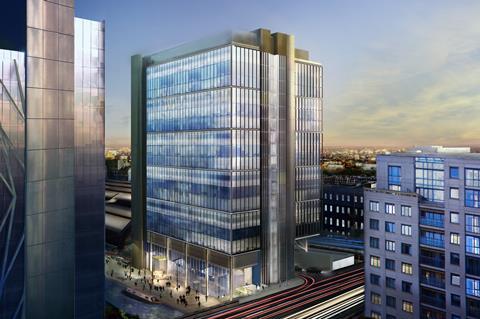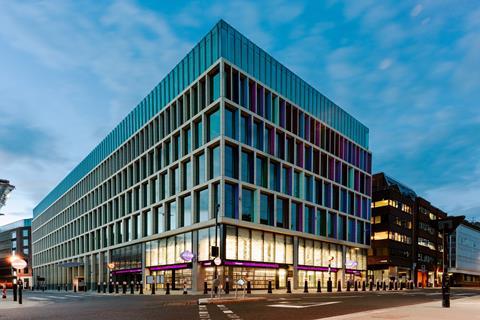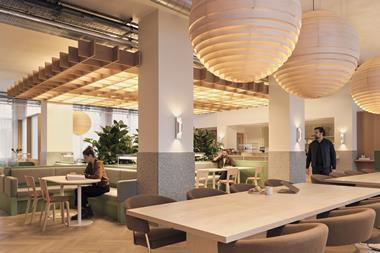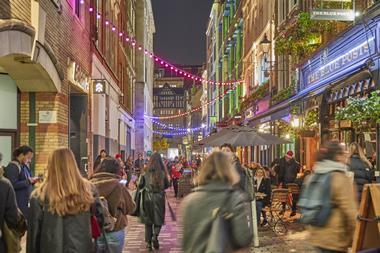To say that many of us in the property and construction industry were looking forward to the Elizabeth line opening would be a huge understatement. It marked a defining moment for transport and its impact will be widespread, encouraging sustainable travel by providing new journey options and reducing travelling time.

Importantly, it serves as a catalyst for the property sector, with a predicted 90,000 new homes along the route, rejuvenating areas such as Ealing, Woolwich, Ilford and Romford, while also adding an estimated £42bn to the UK economy.
Heading up Transport for London’s commercial development company, I have seen the effect that investment in transport infrastructure has on property. Property and transport are kindred spirits – they need integrated, long-term planning and, done well, the investment in both can create a whole that’s more than the sum of the parts.
The easier it is for people to travel, the more attractive an area becomes. It gives developers the confidence to invest their time, money and effort in creating schemes that keep London on the map. We saw that with Metro-land and the same lessons remain today.

Behind the scenes, while our colleagues were working hard to ensure the successful delivery of the Elizabeth line, my team has been working to understand the opportunities this new infrastructure presents. From an operational perspective, it has been no easy feat given the complex and varied range of property interests involved across the whole 73-mile length of the Elizabeth line. The team worked with stakeholders ranging from multinational retailers to a shoe repairer to ensure that works could proceed smoothly.
The new line also opened up opportunities for TfL to work with major developers to bring forward exciting new schemes above and around the new Elizabeth line stations and construction sites. Collectively, these are on track to deliver more than 1.15m sq ft of commercial office and retail space, a brand-new West End theatre and around 1,000 new homes across London, with substantial affordable housing. These developments are helping to revitalise the city as it builds back from the pandemic, supporting a green recovery.
The proximity of the development sites to public transport means occupiers will be encouraged to use sustainable transport when commuting. The majority of the office buildings have been designed to reach at least BREEAM ‘Excellent’ ratings.
This focus on sustainability, alongside location, explains why there has already been keen interest in the space from a wide range of businesses. TikTok has leased ‘Kaleidoscope’ in Farringdon – the first of the developments to be completed. With ‘Bloom Clerkenwell’ in Farringdon and Hanover Square in Bond Street also complete and others well under construction, these developments are transforming the capital before our eyes.

This is not a zero-sum game. While the Elizabeth line has given the property sector a boost, these commercial developments have already helped generate more than £300m for TfL, which will be reinvested directly back into the transport network. With further capital receipts and rental income, we expect this to reach £500m once all the buildings are occupied.
This is just one of the ways in which our new commercial property company will be supporting TfL’s future financial stability. With this continued investment in transport infrastructure and the transport and real estate industries working together, we can ensure that London remains the pre-eminent world city.
Graeme Craig is head of commercial development at TfL






























No comments yet